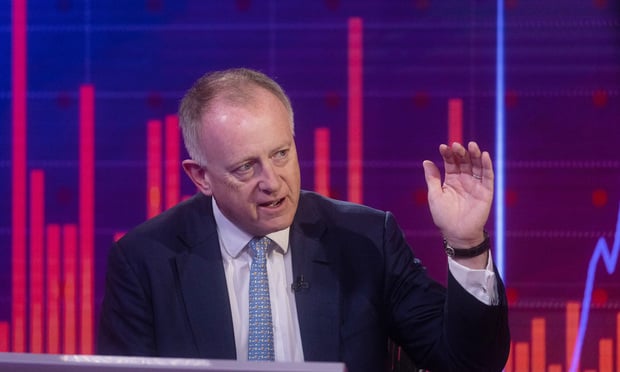Catastrophe-reinsurance pricing will likely see a low-double-digit drop at Jan. 1 renewals thanks to the “quietest U.S. Atlantic hurricane season in decades,” says Fitch Ratings.
This hurricane season saw the fewest named hurricanes since 1982 and no major hurricanes, Fitch says.
The light activity should translate to higher industry earnings, says Fitch, but “much of the extra profit is likely to be returned to investors through dividends and share buybacks.”
The quiet hurricane season will further pressure U.S. excess of loss catastrophe pricing that has already been weakened in part because of additional capacity from alternative capital sources, says Fitch.
And alternative capital appears to be in the market to stay, at least in the near term, Fitch Senior Director of Insurance Brian Schneider says. He says the type of risk being transferred to the capital markets tends to be primarily the well-modeled U.S. peak zone type risk. “That's something investors and reinsurers have a good handle on,” he says.
Even in the case of a significant loss event, Schneider says the biggest investors in these risks—pension funds—will likely stick around. Pension funds, he says, “tend to be more careful when they get into new asset classes,” and they do not put a significant part of their assets into risky classes, limiting their allocation to 5 percent or less.
Hedge funds, which are more susceptible to moving in and out of classes, may pull back in the case of a large-loss event, Schneider notes, but he says pension funds make up far more of the new capital, and also represent the biggest potential source of additional capital going forward.
Schneider says the near future could see alternative capital moving more to areas outside the U.S., “maybe into Europe as their modeling gets better.”
Additionally, a Property Claim Services report on catastrophe-bond issuance through the first nine months of 2013 shows, “This year has already become the third-most active in the history of the catastrophe-bond market, and a new record appears likely.”
The report, “PCS third-Quarter 2013 Catastrophe Bond Report: Broader and Deeper” states, “More than $5.4 billion came to market in the first nine months of 2013, up approximately 32 percent from $4.1 billion in the first nine months of 2012.”
Schneider says the presence of this new capital will have a longer-term impact to the traditional property catastrophe reinsurance model, and companies focused in this area will continue to be pressured.
Given the new capacity, Schneider says he does not expect property catastrophe rates to rise significantly even after a major loss event.
Want to continue reading?
Become a Free PropertyCasualty360 Digital Reader
Your access to unlimited PropertyCasualty360 content isn’t changing.
Once you are an ALM digital member, you’ll receive:
- Breaking insurance news and analysis, on-site and via our newsletters and custom alerts
- Weekly Insurance Speak podcast featuring exclusive interviews with industry leaders
- Educational webcasts, white papers, and ebooks from industry thought leaders
- Critical converage of the employee benefits and financial advisory markets on our other ALM sites, BenefitsPRO and ThinkAdvisor
Already have an account? Sign In Now
© 2025 ALM Global, LLC, All Rights Reserved. Request academic re-use from www.copyright.com. All other uses, submit a request to [email protected]. For more information visit Asset & Logo Licensing.








